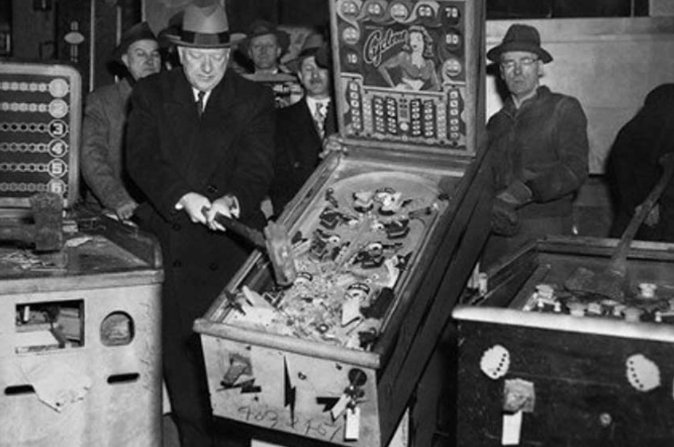According to an article titled The pinball business isn’t child’s play which appeared in the October 1957 issue of Better Homes and Gardens “Your community may be helping perpetuate one of the most vicious of all rackets– one that spreads gambling and corruption to practically every street corner, and has as its potential target every child.“
Pinball machines are decedents of trade simulators. Coin-operated amusements designed to separate customers from their pocket change. A bit of entertainment for a penny or a dime with the chance of winning a prize. As such, they were associated with gambling, especially as a run-around in places where gambling was illegal. During the depression, they provided cheap entertainment.
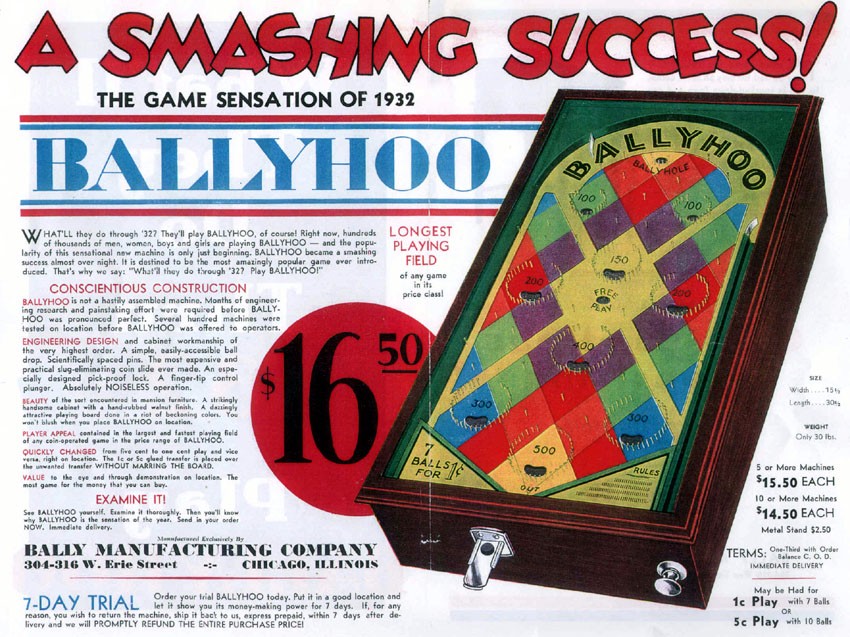
Trade stimulators were counter-top machines widely used to encourage shoppers to indulge in a game of chance. They became popular in American saloons during the 1880s, their use spreading to cigar, confectionery and general stores. Produced in a wide range of designs, they were developed during the same era as slot machines and were operated by inserting a coin and pulling a lever, the player standing to win prizes of cigars, cigarettes, candy and other goods if a winning combination came up. During periods when gambling was prohibited or in states where gambling was illegal, these machines could be used with little fear of prosecution.
https://en.wikipedia.org/wiki/Trade_stimulator
Even in areas where you couldn’t award prices, players could rack up free games and then sell the free games to other players. In some areas, free game awards were outlawed and pinball machine manufacturers invented “Add-a-ball” games that could award a free ball but not a free game.
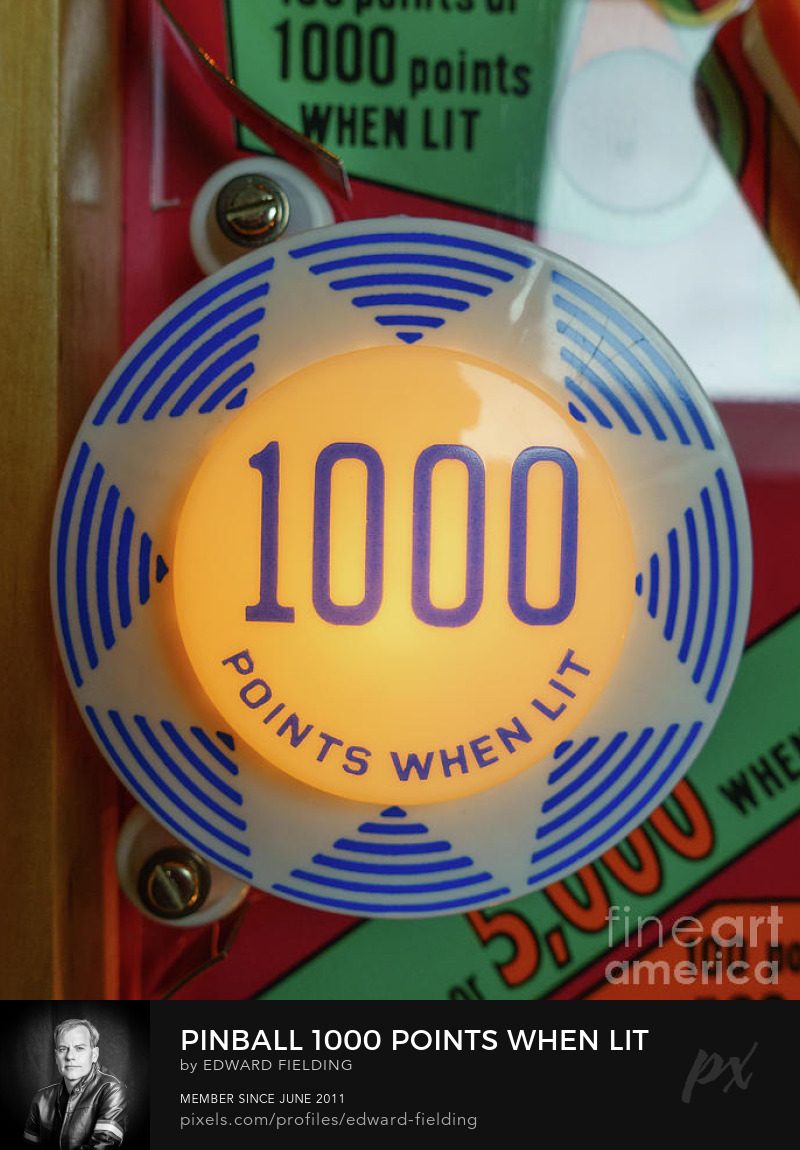
The war against pinball really heated up in the 1040s when the game didn’t have flippers yet. These flipper-less games relied on the plunge of the ball to strike various bumpers that would light and score. Other versions called Bingo games would have a grid of holes where the balls would land. You would pick a Bingo card and then try to win by lighting up the right holes.
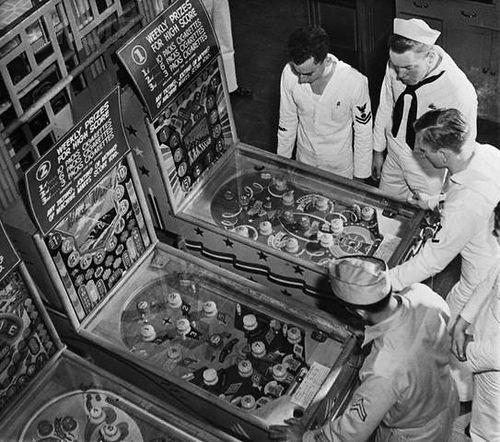
Like all things fun – comic books, gangster movies, games of chance, drinking – do-gooders eventually step in to stamp out the unbridled joy that they seem to claim can only come from sitting in a hard church pew.
In the 40s the mayor of New York City Fiorella LaGuardia led the charge to blame all of society’s ills on these popular machines. He got a city-wide ban past and then spread the war on pinball to other major cities including Oakland, California, and Chicago which ironically is where most of the machines were manufactured by then and even today.
Taking lunch money from our kids
The furor against pinball machines was not unlike the same arguments against E.C. comics or today’s video games. Somehow these machines were eating away at the moral core of the innocent children taken in by flashing lights, bells and chimes.

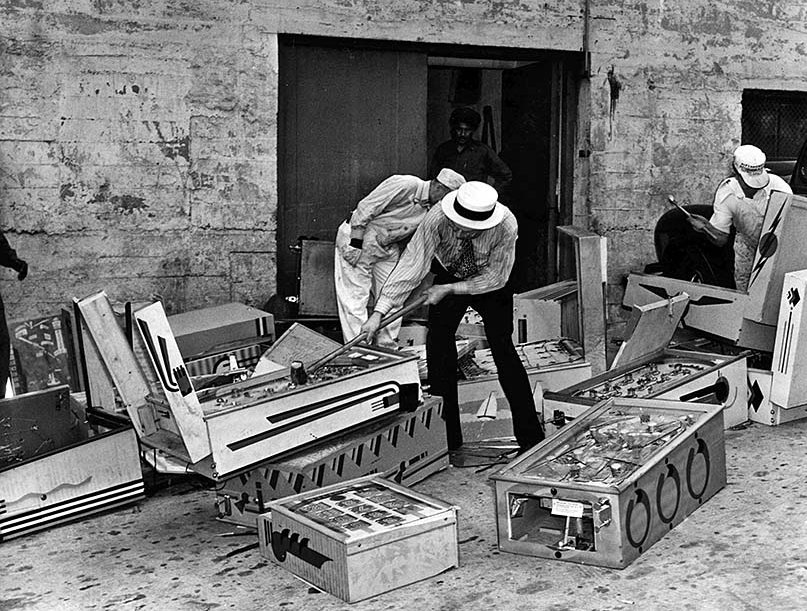
The End of the Pinball Prohibition
The ban on pinball machines persisted in major cities. In 1947 the first pinball machine with a flipper was introduced with Gottlieb’s Humpty Dumpty. Finally, the player could have more interaction with the machine beyond plunging and nudging the machine.
The flipper proved to be a big hit and was included in just about every machine after Humpty Dumpty. Placement of the flipper eventually ended up in where we expect it on modern machines but most importantly the flipper took the pinball machine from a game of chance to a game of skill.
In NYC, the ban on pinball persisted until 1976 when in front of the city council, the pinball manufacturer’s proved their case that pinball was a game of skill.

Pinball finally gained acceptability in the 1970s. The California Supreme Court ruled in 1974 that pinball was more a game of skill than chance and overturned its prohibition in Los Angeles. Two years later, with New York City in the midst of a bankruptcy crisis, the city council considered a measure to overturn the municipal ban on pinball that persisted for hotels, movie theaters, bars and similar establishments.
History.com
The amusement industry representatives brought in pinball expert Roger Sharpe to prove that pinball was a game of skill instead of luck.
So he made a final Hail Mary move that, to this day, he compares to Babe Ruth’s famous called shot in center field. He pulled back the plunger to launch a new ball, pointed at the middle lane at the top of the playing field, and boldly stated that, based only on his skill, he would get the ball to land through that middle lane. He let go of the plunger and it did what he said. Almost on the spot, the City Council voted to overturn the nearly 30 + year ban on pinball.
Of course, it did help that NYC was near bankruptcy and could use the amusement tax money.
To this day you still have people who carry a negative opinion about pinball based on the finger-wagging moral crusades against pinball.
